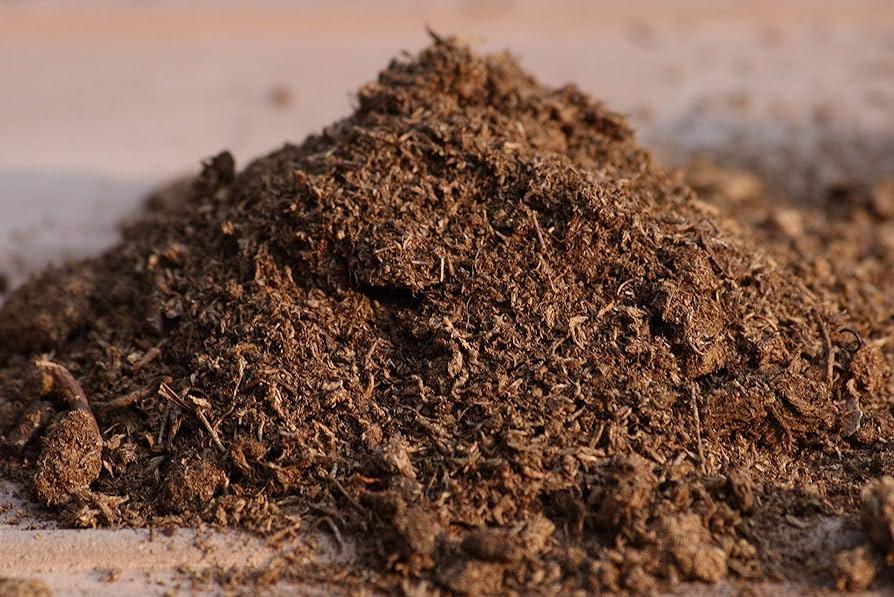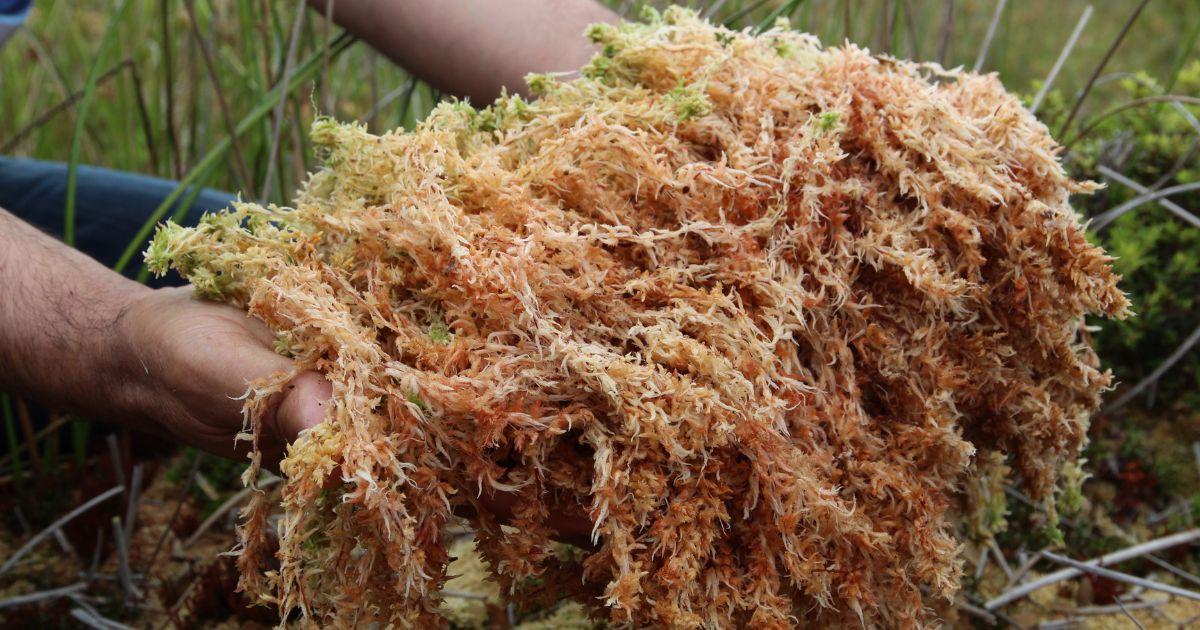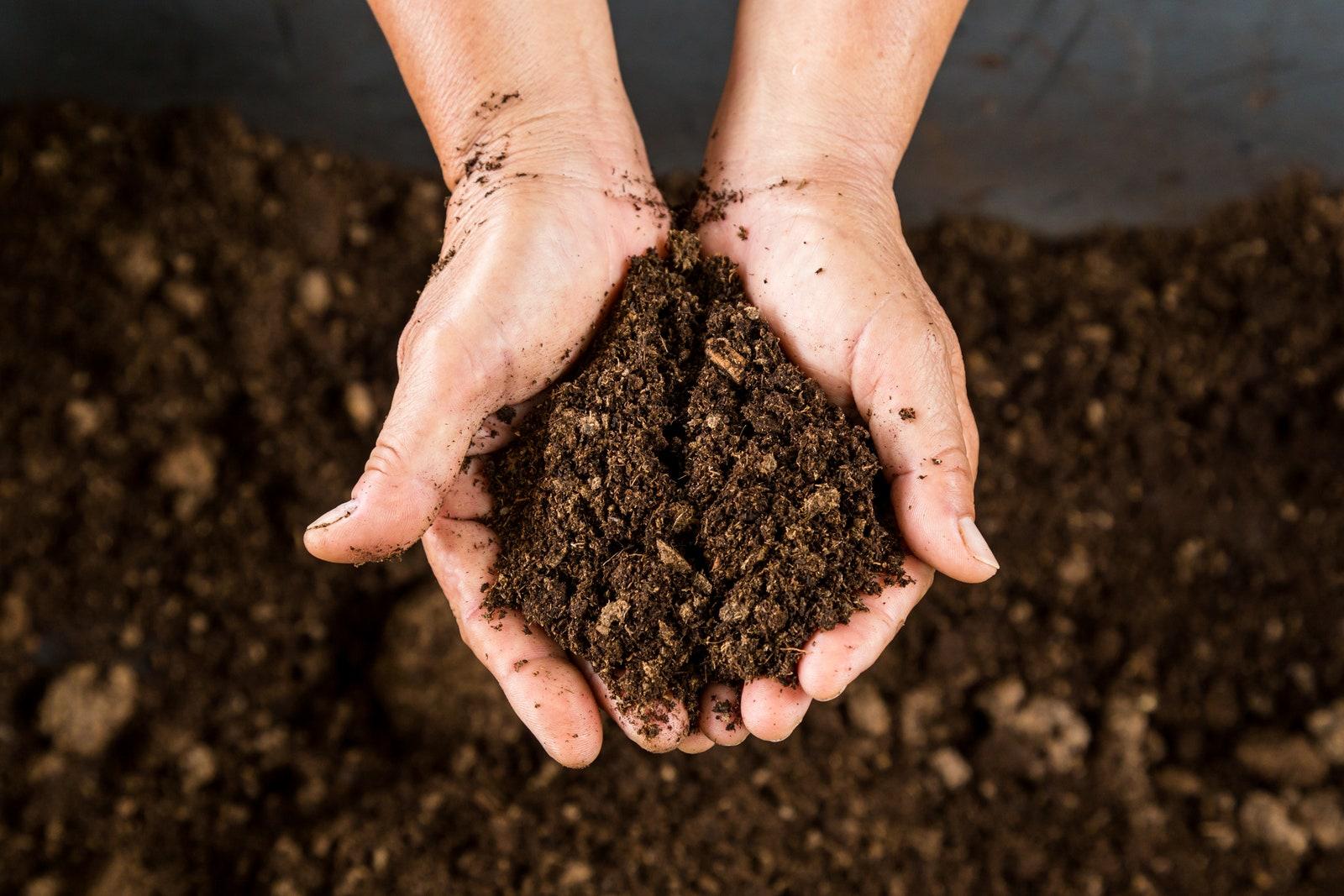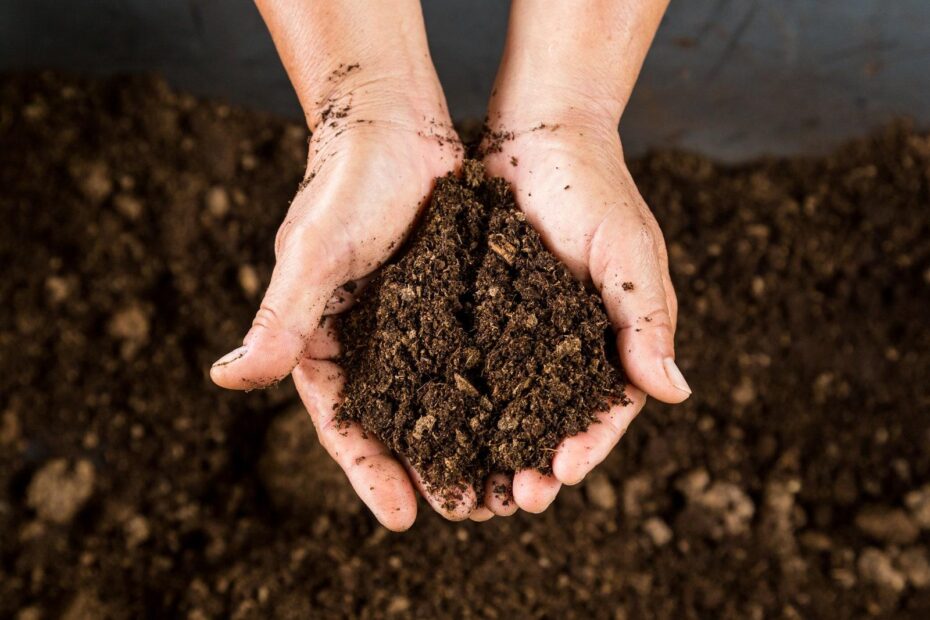Imagine a world where your garden blooms vibrant and lush, where your plants thrive in rich, nutrient-dense soil that seems almost too good to be true. Enter peat moss, a hidden gem of the gardening world that has long been underestimated and overlooked. By incorporating this miraculous material into your soil, you can unlock a multitude of benefits that will revolutionize the way you approach gardening. Join us as we delve into the world of peat moss-enriched soil and discover the secrets to achieving a green thumb like never before.

Benefits of Using Peat Moss-Enriched Soil
Peat moss enriched soil is a gardener’s best-kept secret for achieving lush, healthy plants. This natural and organic material is derived from decomposed sphagnum moss, providing a plethora of benefits for your garden. When added to soil, peat moss acts as a nutrient-rich amendment, improving soil structure and promoting overall plant growth.
One of the key is its ability to retain moisture, keeping your plants hydrated and reducing the need for frequent watering. Additionally, peat moss helps to aerate the soil, preventing compaction and allowing roots to penetrate easily. Its acidic nature is also beneficial for acid-loving plants, creating the perfect growing environment for them. With peat moss, you can unlock the full potential of your garden and enjoy a thriving oasis of greenery.

Enhanced Soil Structure and Aeration
Peat moss is a natural organic material that has long been known for its ability to improve soil structure and aeration. When mixed with soil, peat moss helps to create a light and fluffy texture that allows for better water drainage and root penetration. This enhanced soil structure promotes healthier root development and overall plant growth.
By incorporating peat moss into your gardening routine, you can unlock a range of benefits for your plants. Not only does it improve soil aeration, but it also helps to retain moisture, making it an excellent choice for both sandy and clay soils. Additionally, peat moss contains nutrients that can help to support plant growth, making it a versatile and valuable addition to any garden.

Increased Water Retention and Nutrient Availability
Peat moss-enriched soil is a game-changer when it comes to gardening and agriculture. One of the key benefits of using peat moss in soil is the increased water retention it provides. This means that plants grown in peat moss-enriched soil require less frequent watering, making it a low-maintenance option for green thumbs of all levels. With water being held in the soil for longer periods, plants have a more consistent moisture source, promoting healthier growth.
Not only does peat moss improve water retention, but it also enhances nutrient availability for plants. Peat moss acts as a sponge, absorbing and holding onto essential nutrients like nitrogen, phosphorus, and potassium. This allows plants to access these nutrients as needed, resulting in improved overall health and vitality. By incorporating peat moss into your soil, you are essentially providing a nutrient-rich environment that supports strong root development and robust plant growth.

Tips for Successfully Incorporating Peat Moss into Your Garden
Peat moss is a fantastic addition to any garden, providing a range of benefits that can help your plants thrive. To successfully incorporate peat moss into your garden, follow these tips:
-
- Start by mixing peat moss into your soil at a ratio of 1:1. This will help improve soil drainage and water retention, creating the perfect environment for plant roots to grow.
-
- Use peat moss as a mulch around your plants to help retain moisture in the soil and reduce weed growth. Simply spread a layer of peat moss around the base of your plants, being careful not to cover the stems.
-
- Regularly check the pH level of your soil when using peat moss, as it can make the soil more acidic over time. Adjust the pH as needed to ensure your plants are receiving the nutrients they require.
Incorporating peat moss into your garden can also help to improve soil structure and promote healthy root growth. To make the most of this beneficial ingredient, be sure to follow these additional tips:
-
- When planting seeds or transplants, mix peat moss into the soil in the planting hole to provide a nutrient-rich environment for your plants to establish themselves.
-
- Consider using peat moss in your compost pile to help speed up the decomposition process and create nutrient-rich compost for your garden.
To Conclude
As we’ve explored the incredible benefits of incorporating peat moss into your gardening routine, it’s clear that this natural wonder can truly transform the health and vitality of your soil. From its ability to improve drainage and aeration to its capacity to retain moisture and nutrients, peat moss is a game-changer for gardeners seeking to enhance the growth and productivity of their plants. So why wait any longer? Unlock the potential of peat moss-enriched soil and watch your garden flourish like never before. Happy gardening!
